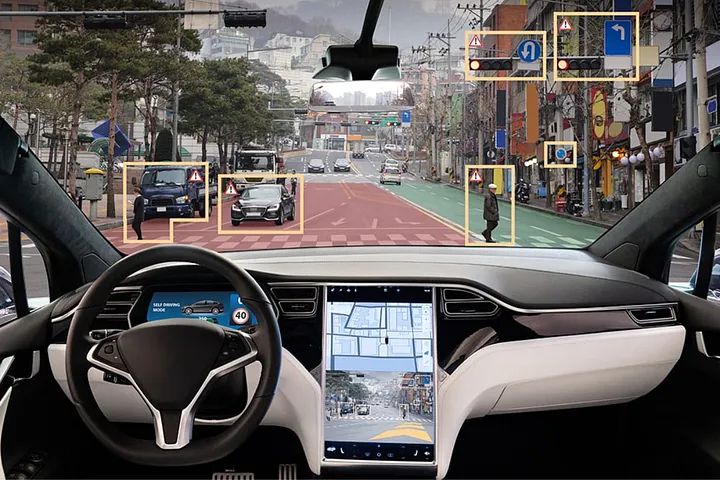In recent years, autonomous vehicles (AVs) have emerged as a revolutionary technology poised to transform the way we travel and commute. As advancements in artificial intelligence, sensor technology, and connectivity continue to accelerate, the dream of fully autonomous driving is becoming a reality. In this blog post, we’ll delve into the evolution of autonomous vehicles and explore the exciting developments shaping the future of driving.
1. Levels of Autonomy: Autonomous vehicles are classified into different levels of autonomy, ranging from Level 0 (no automation) to Level 5 (full automation). In 2024, we’re witnessing significant progress towards higher levels of autonomy, with many vehicles equipped with advanced driver-assistance systems (ADAS) capable of semi-autonomous driving. Features such as adaptive cruise control, lane-keeping assist, and automatic emergency braking are becoming standard in modern vehicles, laying the foundation for fully autonomous driving in the future.
2. Testing and Development: Automakers, tech companies, and research institutions are actively engaged in testing and developing autonomous vehicle technology to ensure safety, reliability, and performance. In 2024, autonomous vehicle prototypes are undergoing rigorous testing in various real-world environments, including urban streets, highways, and challenging weather conditions. These testing efforts are crucial for refining algorithms, validating sensor technology, and enhancing the overall capabilities of autonomous vehicles.
3. Safety and Regulatory Considerations: Safety is paramount in the development and deployment of autonomous vehicles, and regulatory agencies are working closely with industry stakeholders to establish guidelines and standards for AV technology. In 2024, governments worldwide are enacting regulations governing the testing, operation, and certification of autonomous vehicles, addressing concerns related to vehicle safety, cybersecurity, data privacy, and liability. Collaborative efforts between policymakers, industry players, and advocacy groups are essential for ensuring the safe integration of autonomous vehicles into our transportation infrastructure.

4. Mobility Solutions and Urban Planning: Autonomous vehicles have the potential to revolutionize urban mobility and reshape city planning and transportation infrastructure. In 2024, we’re seeing innovative mobility solutions such as autonomous ride-hailing services, shared autonomous vehicles, and last-mile delivery robots gaining traction in urban environments. These initiatives aim to reduce traffic congestion, improve air quality, enhance accessibility, and enhance the overall quality of life in cities.
5. Socioeconomic Implications: The widespread adoption of autonomous vehicles is expected to have far-reaching socioeconomic implications, impacting industries, employment patterns, and urban development. In 2024, stakeholders are grappling with questions surrounding job displacement, workforce retraining, urban sprawl, and the equitable distribution of benefits and risks associated with AV technology. Addressing these challenges requires proactive planning, collaboration between public and private sectors, and a commitment to fostering inclusive and sustainable mobility solutions.
In conclusion, the evolution of autonomous vehicles represents a transformative shift in the future of driving, with advancements in technology, testing, safety, regulation, mobility solutions, and socioeconomic implications shaping the trajectory of AV development. While there are still challenges to overcome, the potential benefits of autonomous vehicles—from improved safety and efficiency to enhanced urban mobility—are driving innovation and investment in this rapidly evolving field. As we look ahead to the future of driving, autonomous vehicles promise to revolutionize transportation and redefine the way we move from point A to point B.
